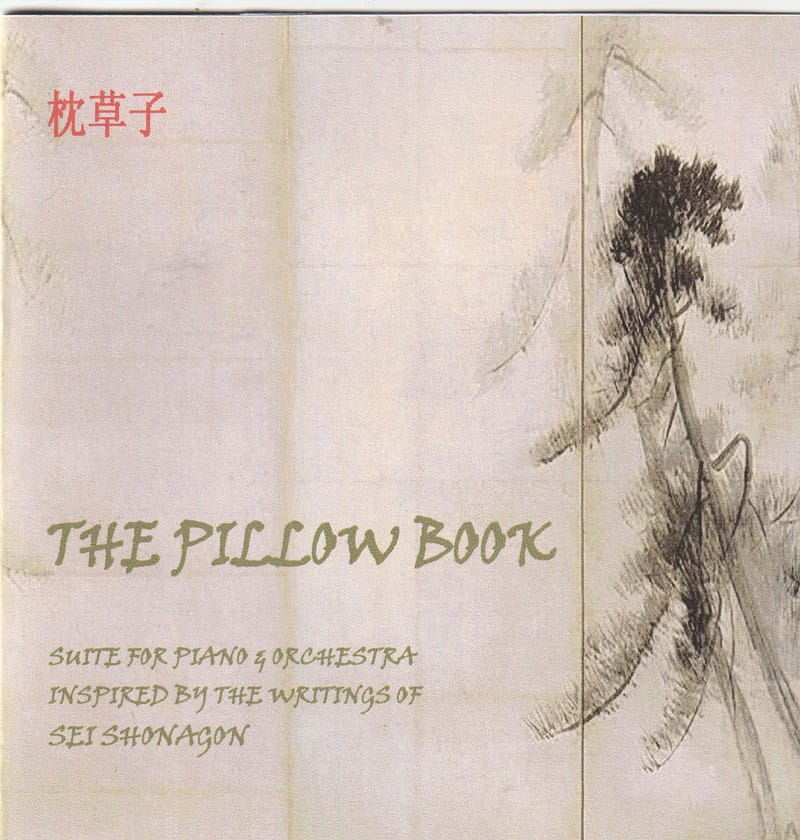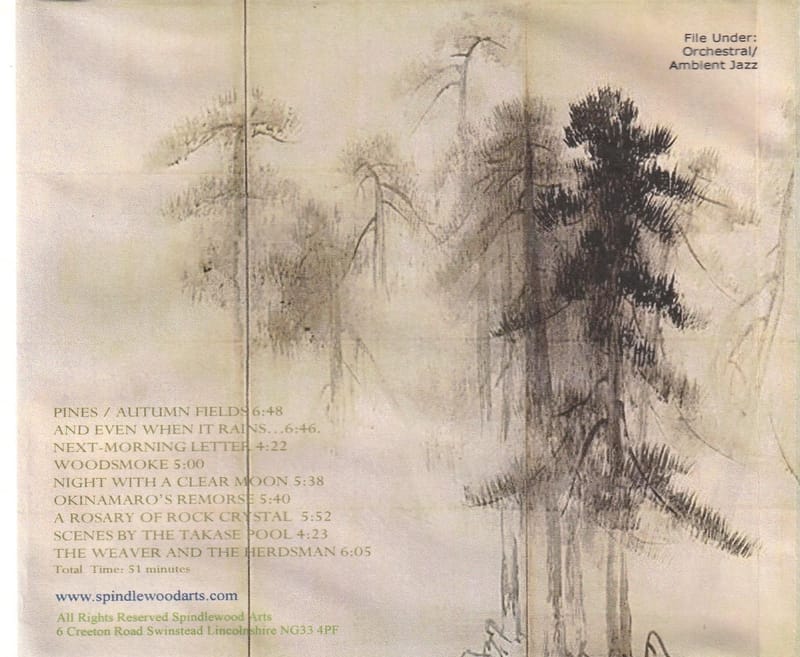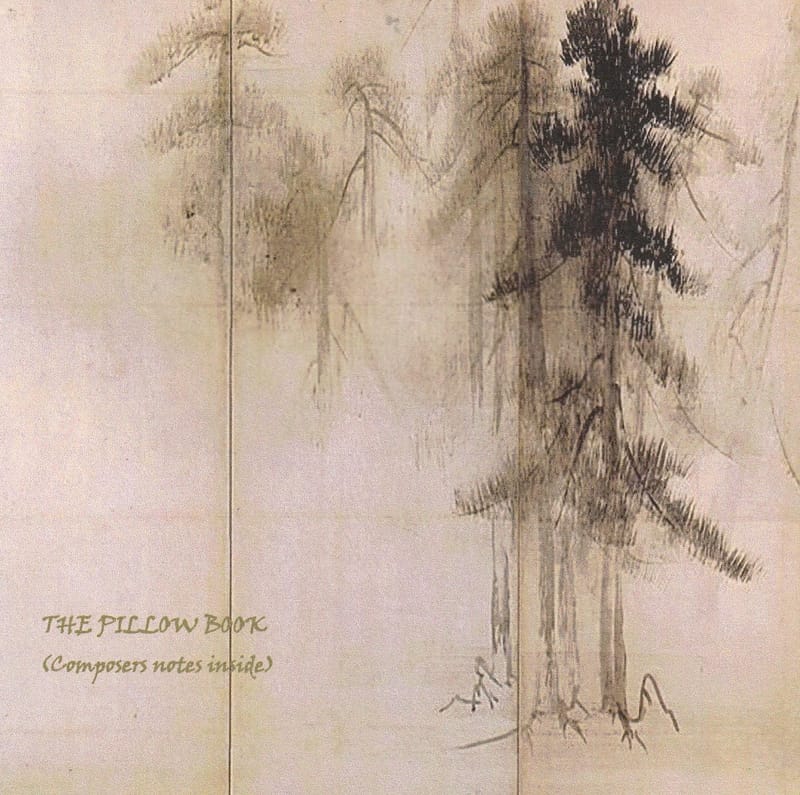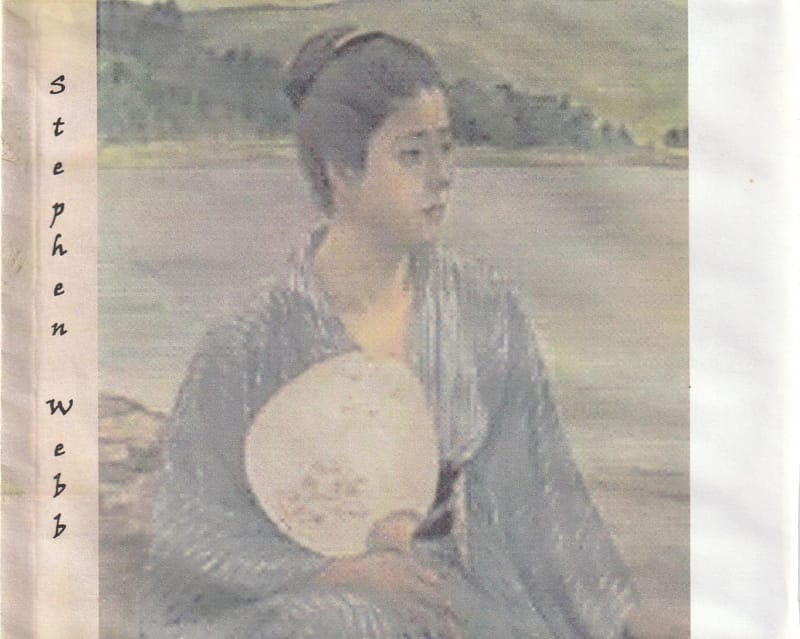The Pillow Book

Cover Art & Music Description
The Cover Art is called "Pine Trees" by Hasegawa Tohaka (1539-1610) from a pair of six-folded screens - ink on paper. The calm, tranquil style and naturalistic writing of "The Pillow Book" by Sei Shonagon (who was a Lady in Waiting at the court of a 10th Century Japanese Empress) is reflected in this suite for orchestra. Some titles refer to an item or items from her many lists whilst others recall specific scenes or events.

Track List
Pines / Autumn Fields 6:48 / Even When It Rains 6:46 / Next-Morning Letter 4:22 / Woodsmoke 5.00 / Night with a Clear Moon 5:38 / Okinamaro's Remorse 5:40 / Rosary of Rock Crystal 5:52 / Scenes by the Takase Pool 4:23 / The Weaver and the Herdsman 6:05

Links
https://open.Spotify.com/album/6HE.FlygWFIUP:UcyGgjzM https://music.apple.com/au/album/the-pillow-book/457826165 https://amazon.com/Pillow-Book-Stephen-Webb/dp/BOO5ZQXT6Q https://tidal.com/brouse/album/39586580

Inner Sleeve Panting - "Lakeside" by Kuroda Seiki
Paper was a very valuable commodity in 10th Century Japan and was so scarce, that if you wanted to keep hold of it, you stored it under your pillow - hence the title The Pillow Book. Sei Shonagon was always on the look out for scraps of paper so that she could continue her writing.